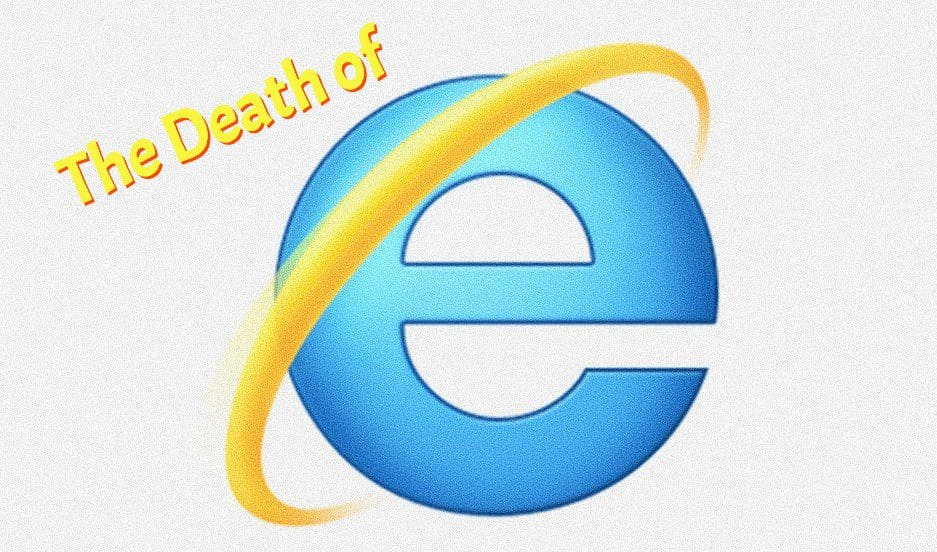Microsoft finally pulled the trigger. The browser you used to download better browsers joins Netscape in the browser graveyard. Released on August 16, 1995. Internet Explorer was almost 27 years old when it was killed.
Like AOL Instant Messenger (AIM) before it, Internet Explorer had an unceremonious end. Since Internet Explorer’s successor came out over seven years ago and has its own legacy version unsupported by Microsoft, you probably thought the browser died when the Obama administration left the White House. However, Internet Explorer lingered for years as an increasing number of websites and programs ended support, including Microsoft Team on November 30, 2020 and Microsoft 365 on August 17, 2021. At this point, the only people still using Internet Explorer work for companies who are forced to use legacy products that are hopelessly outdated.
It’s hard to believe that a browser everyone hated accounted for 95 percent of all browser usage until you realize that the only reason anyone used it was because it came default with Windows. It wasn’t the first browser – that was the World Wide Web also known as Nexus. It wasn’t the oldest browser currently maintained – that’s Lynx, which has been updated since 1992. It wasn’t the earliest browser widely used – that’s Netscape Navigator. Internet Explorer is notable for its sheer ubiquity and the fact that it was the first browser available for free on the Windows operating system.
The brute force Microsoft used to get the browser into homes didn’t go unnoticed. It’s part of the reason the United States government sued Microsoft in a 1998 antitrust case for engaging in monopolistic practices, such as not allowing Windows users to remove Internet Explorer, with the explicit purpose of suffocating Netscape and other third-party software companies.
Internet Explorer was so important in computer history that the browser still has its claws in how we access the internet. If you’ve been stubbornly holding on to the dying browser all these years, you’ll be happy to know that there’s an Internet Explorer mode in Microsoft Edge. Additionally, the original Edge logo looked like an updated version of the Internet Explorer logo because old habits die hard.
Unlike its predecessor, Microsoft Edge is based on Chromium, which is also the basis for Google Chrome and maintained by Google. That means that two of the most common browsers are maintained by Google, so if you want to minimize Google’s spying you should use Mozilla Firefox, which is an example of history coming full circle because the browser was formed from the ashes of a pre-AOL owned Netscape.


